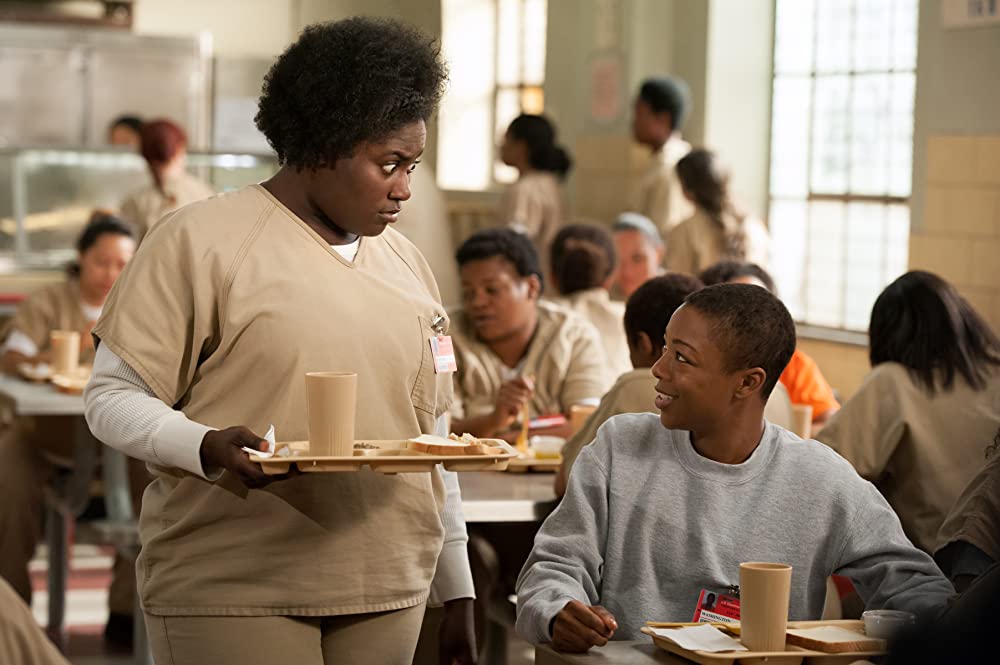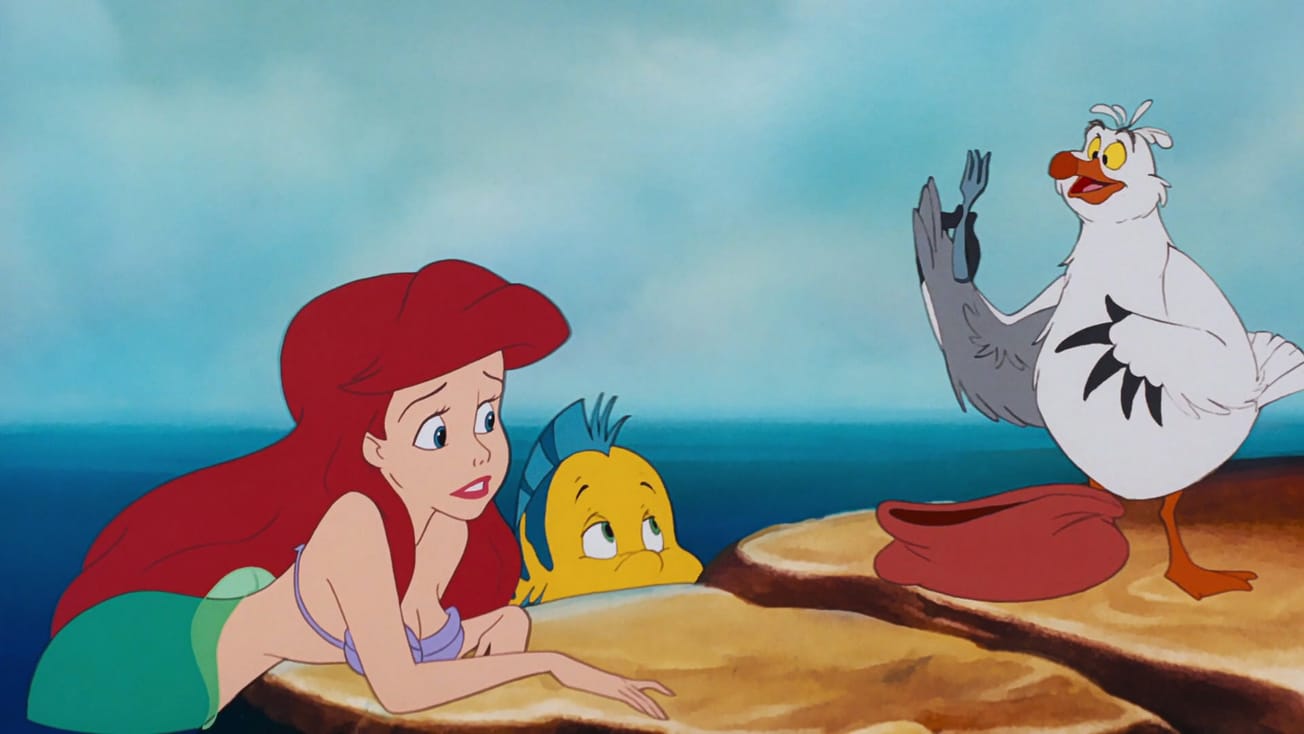By Lauryn Clarke, Third Year, History
The 'Bury Your Gays' trope has consistently been used in TV and film despite the contempt of the LGBTQ+ community, but there are ways to make it right.
This trope is best boiled down to the idea that queer characters are more expendable than the heterosexual ones in a story and generally they are either killed, or written off-screen into a tragic ending.
This stems from old ideas of bigotry, and the Motion Picture Production Code (also known as ‘the Hays Code’) which prevented homosexuality from being shown on film. If it was present in a story, the character had to be punished – we can clearly see this in films from long ago, but what about now? Why do so many queer characters seem to have tragic ends?
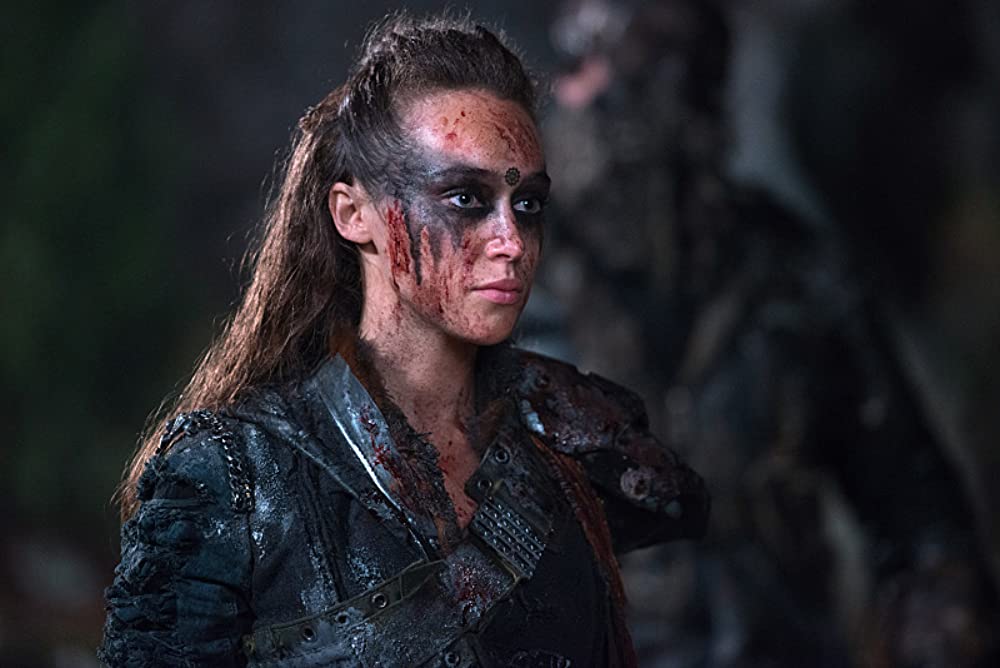
The problem here lies not in that the writers chose to kill off a character who happened to be queer, but that there have been few LGBTQ+ characters in TV and film to begin with, and even those who are around more often than not do not get happy endings.
Why do so many queer characters seem to have tragic ends?
A 2016 article in Autostraddle found that there had been 216 lesbian or bisexual characters on popular TV shows who had died since the mid 70s. Considering the lack of representation already in the media, this is shocking to say the least.
Equally, these characters are often killed off to become a beat in the stories of heterosexual characters, to spur them on towards some kind of emotional revelation or to make them realise they should be more accepting towards the community. What kind of message does this send to LGBTQ+ audiences when the only purpose we serve is to teach someone something, then die, often violently?
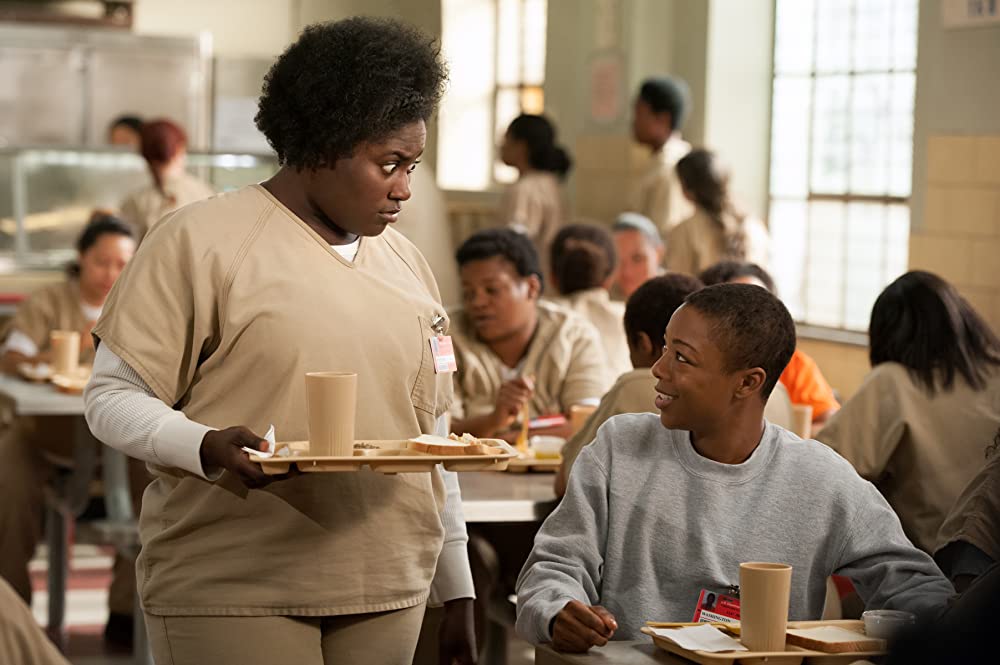
Recent examples of the ‘Bury Your Gays’ trope come in the form of Poussey Washington from Netflix’s Orange is the New Black (2013-2019) and Lexa from The 100 (2014-2020); the latter of which even prompted a Twitter movement of #LGBTFansDeserveBetter and culminated in furious fans raising over $115,000 for The Trevor Project (a non-profit organisation that works to provide support and suicide prevention work to the LGBTQ+ community) in the name of their favourite character. This was particularly intense as in the lead-up to season three, showrunners and the official show’s Twitter account encouraged the fans in their excitement of the couple, which of course made fans feel much worse when Lexa’s character was killed off. Clearly, fans are feeling disrespected and are not just making their anger known, but are doing something positive about it.
There is also a considerable lack of representation of queer people of colour on television and in film, so when characters like Poussey are killed off, it cuts even deeper. When LGBTQ+ characters get few happy endings, it’s awful. When a whole spectrum of LGBTQ+ people get next to no happy endings? That’s the worst. The representation in these works is very often not written by the people it is meant to represent, especially in the case of female same-sex attraction, so it even when there is representation, it doesn’t necessarily mean it is of good quality.
And then we come to The CW’s Supernatural (2005-2020). With a move that caused complete uproar online, showrunners killed off one of the most long-running and beloved characters in the show only moments after he confessed his love to the male lead. This was especially heart-breaking for fans who ‘shipped’ Destiel – a portmanteau for the predicted relationship between Dean Winchester (Jenson Ackles) and Castiel (Misha Collins) – as they felt they had been ‘queerbaited’ to ensure viewership.
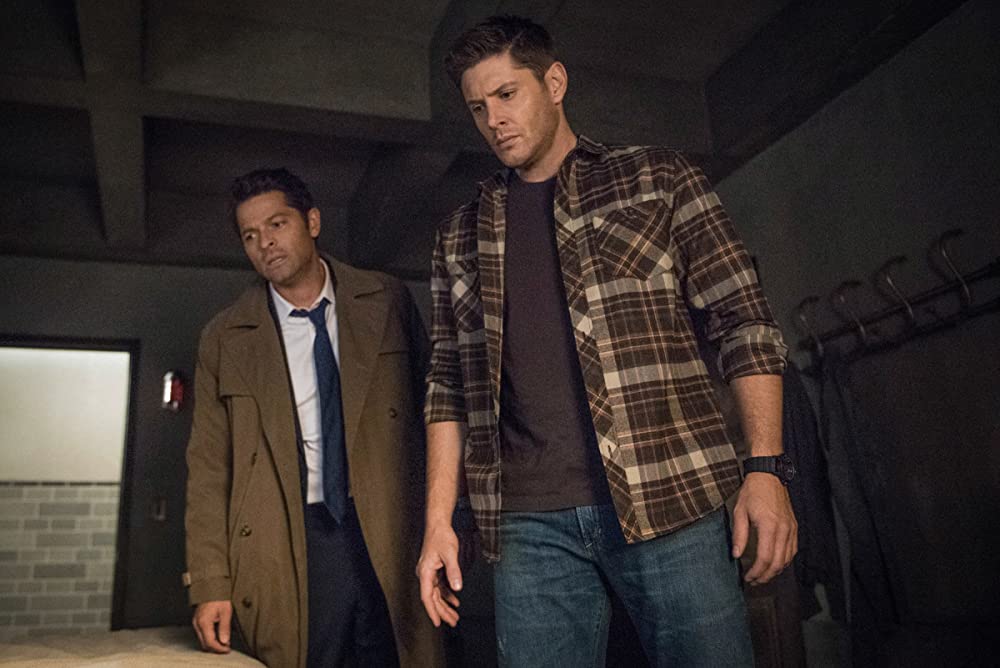
Queerbaiting, (the practice of creators hinting at same-sex attraction and representation to ensure queer viewership and support, but never following through on the hints) also disrespects viewers by enjoying the support and acclaim of the LGBTQ+ community but not treating them with the same respect they give the property.
So, where do we go from here? Despite it sounding bleak, it’s not all doom and gloom. There is quality representation out there, as seen in shows like It’s A Sin or the much-loved Eric from Sex Education, and it is only increasing.
'It's A Sin' goes from great, to outstanding, to masterpiece
Five films about the HIV/AIDS crisis to watch this LGBTQ+ History Month
With the Academy Awards new criteria for Best Picture including a requirement for the representation of traditionally underrepresented groups including the LGBTQ+ community, it would seem that we could get some exciting new projects with much better representation than ever before. It’s not as if LGBTQ+ films aren’t successful either: Moonlight (2016), Brokeback Mountain (2005), and the controversial Blue is the Warmest Colour (2013) have all done well in the awards circuit and at the box office too.
All we want is some positive representation, and to not build our hopes up on shows that don’t respect us. Considering how we’ve been treated so far, I don’t think that’s too much to ask.
Featured: IMDb
How do you think the media can do better for LGBTQ+ people?

